Facial Contouring Surgery
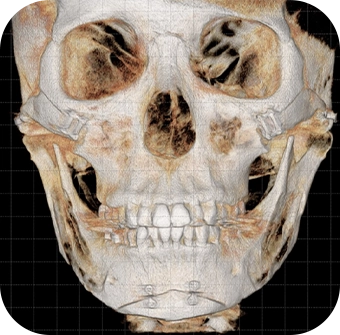
Contour Surgery
With Fixation Pins
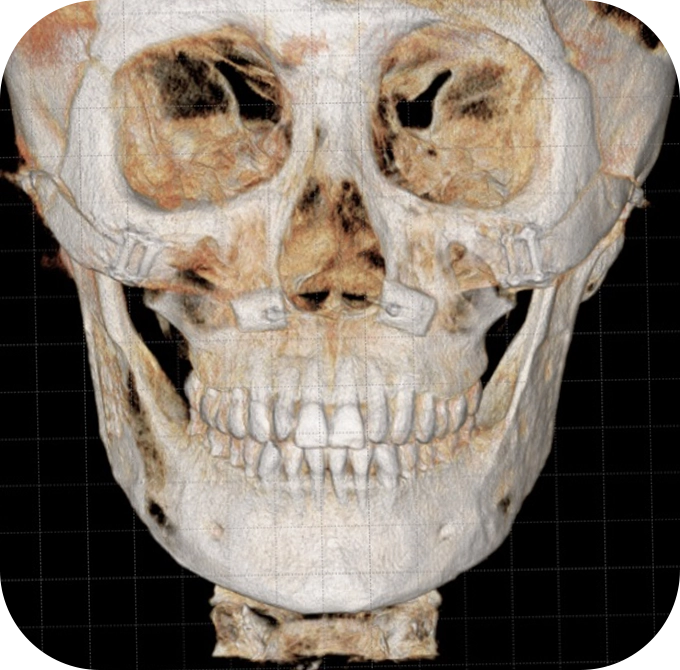
Invisible V-line
Without Residual Pins
Invisible V-Line Surgery
sculpt a slimmer jawline and chin—without fixation pins.
It also refines the chin to create a slim profile, so the reduction
effect is visible from both the side and front views.
This procedure can be performed without fixation pins,
allowing for a slim V-line with no visible surgical traces.
No Fixation
Pins
Natural
Contour
Beautiful
V-line
345 Youtube
Watch the Video on
Invisible V-line Surgery
Discover diverse information on V-line surgery for a slim face. 345 Plastic Surgery Clinic YouTube
345 Youtube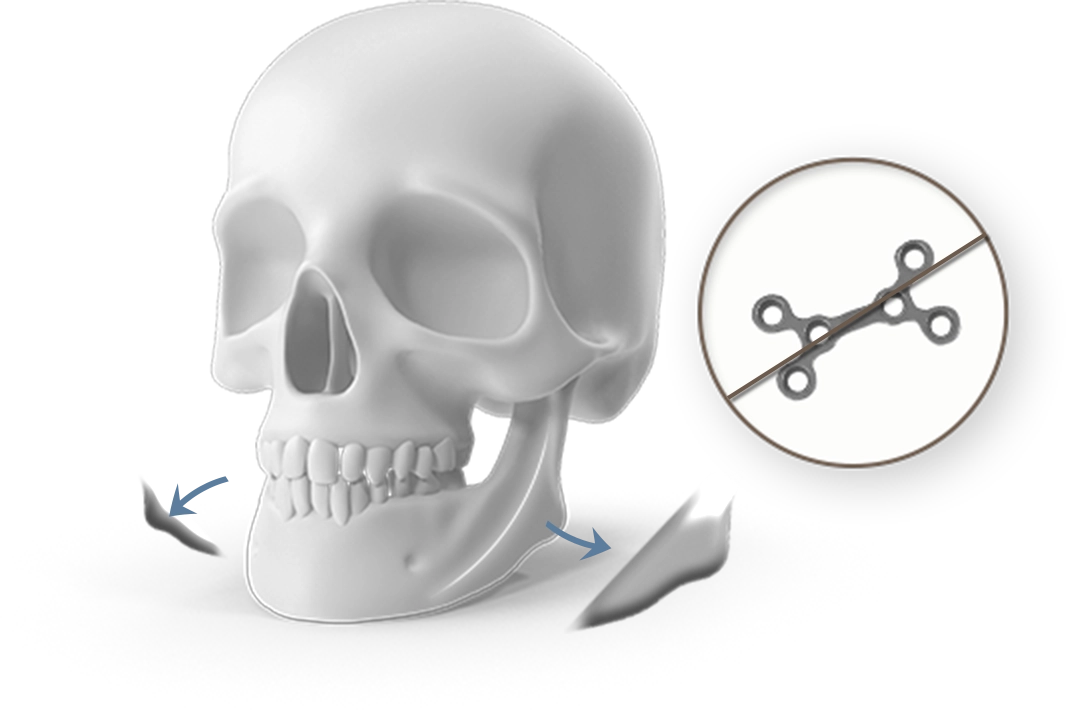
Clean and Seamless
No Surgical Traces
The procedure is performed without fixation pins,
resulting in a smooth and natural contour without visible surgical traces.
First, Jaw Reduction
Using a long, curved osteotomy technique, the square jaw is smoothly reduced to create a slimmer shape and maximize lateral contouring effects.
Second, Chin Refinement
The front of the chin is delicately contoured to create a slimmer, more balanced profile from the front view.
Third, No Need for Pin Removal
Since no fixation pins are used, there’s no need for removal leaving no visible signs after surgery.
Without plates & Screws fixation
Achieve a soft, slim jawline with no visible fixation a truly "invisible" V-line.
structure to harmonize with your natural features.
We seamlessly connect the square jaw and chin to create a smooth, balanced V-line.
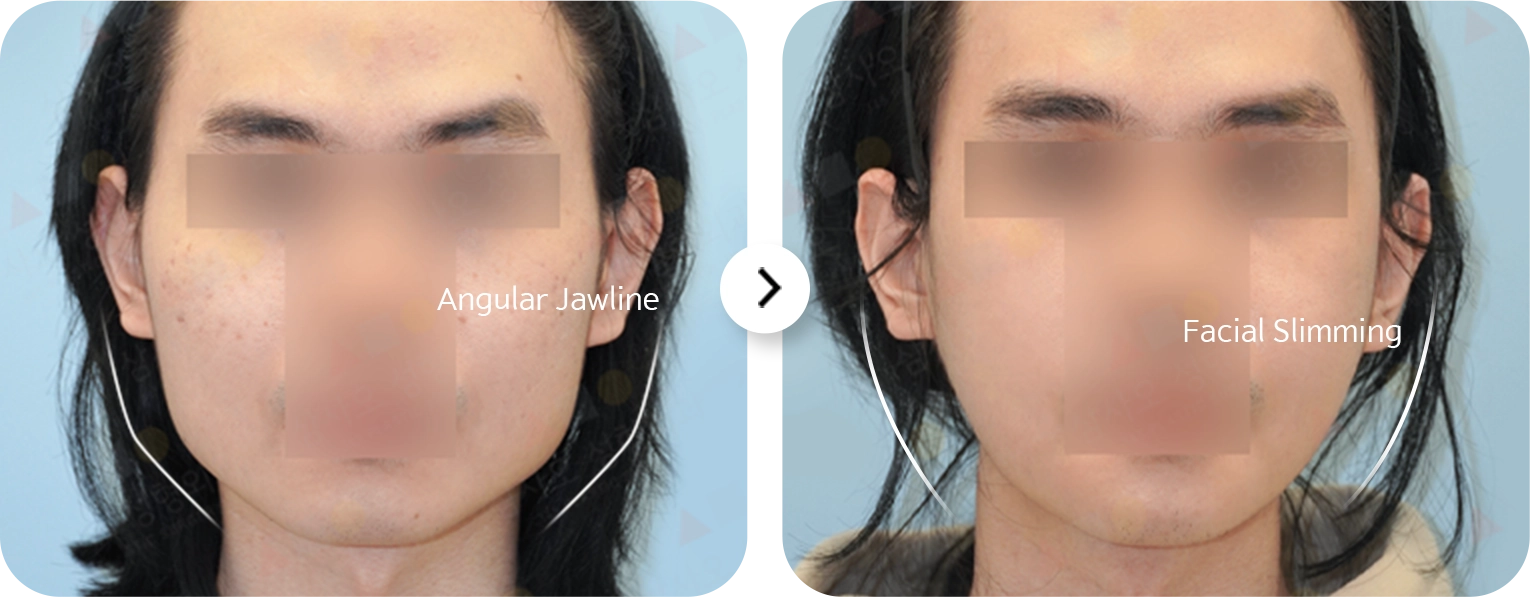
Before and After Photos of
Invisible V-Line Surgery

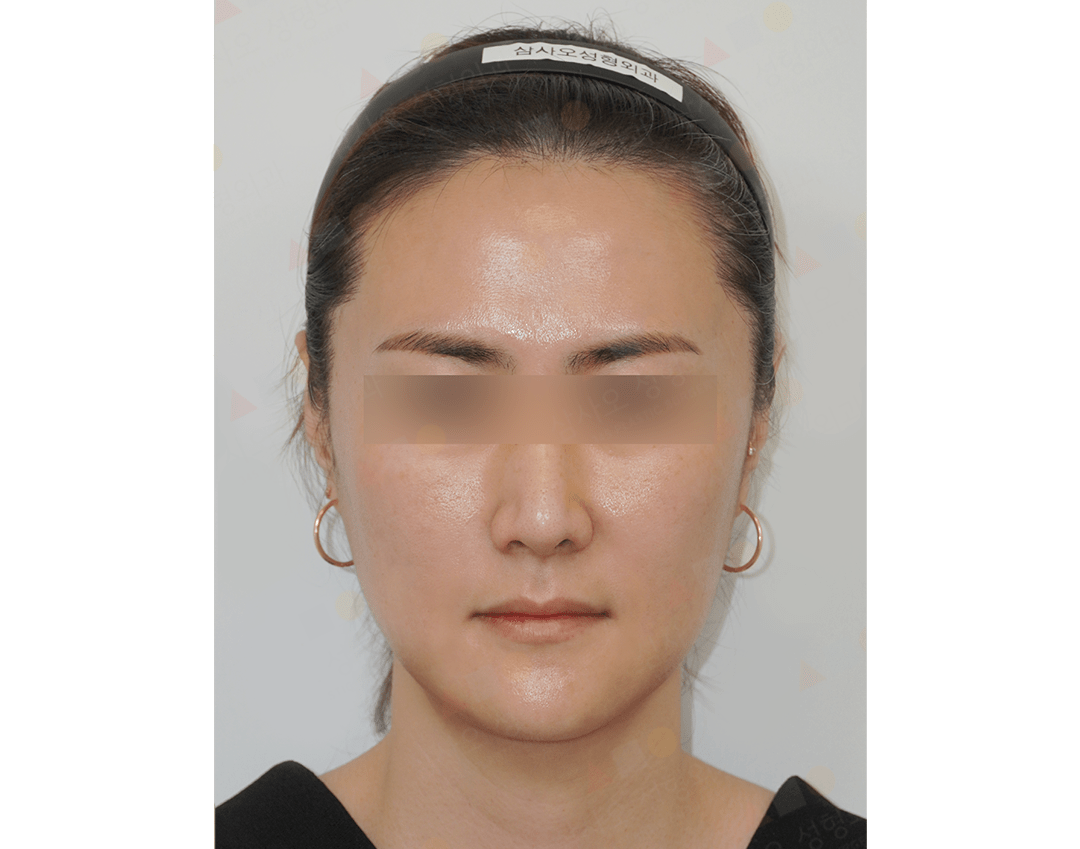
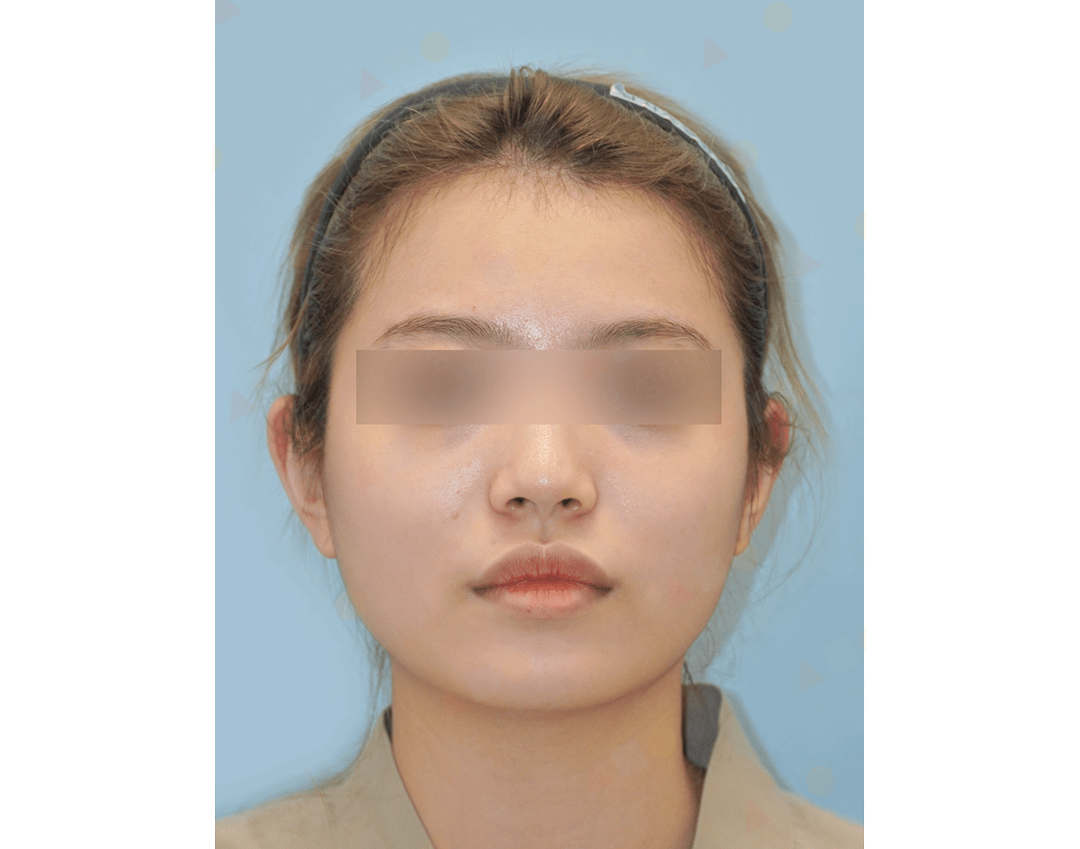





Invisible V-Line Surgery
A V-line procedure designed with a continuous line from below the ear to the chin.
is performed in one continuous line from below the ear to the chin.
Since the bone is not reattached, no fixation pins are used, ensuring a natural contour.
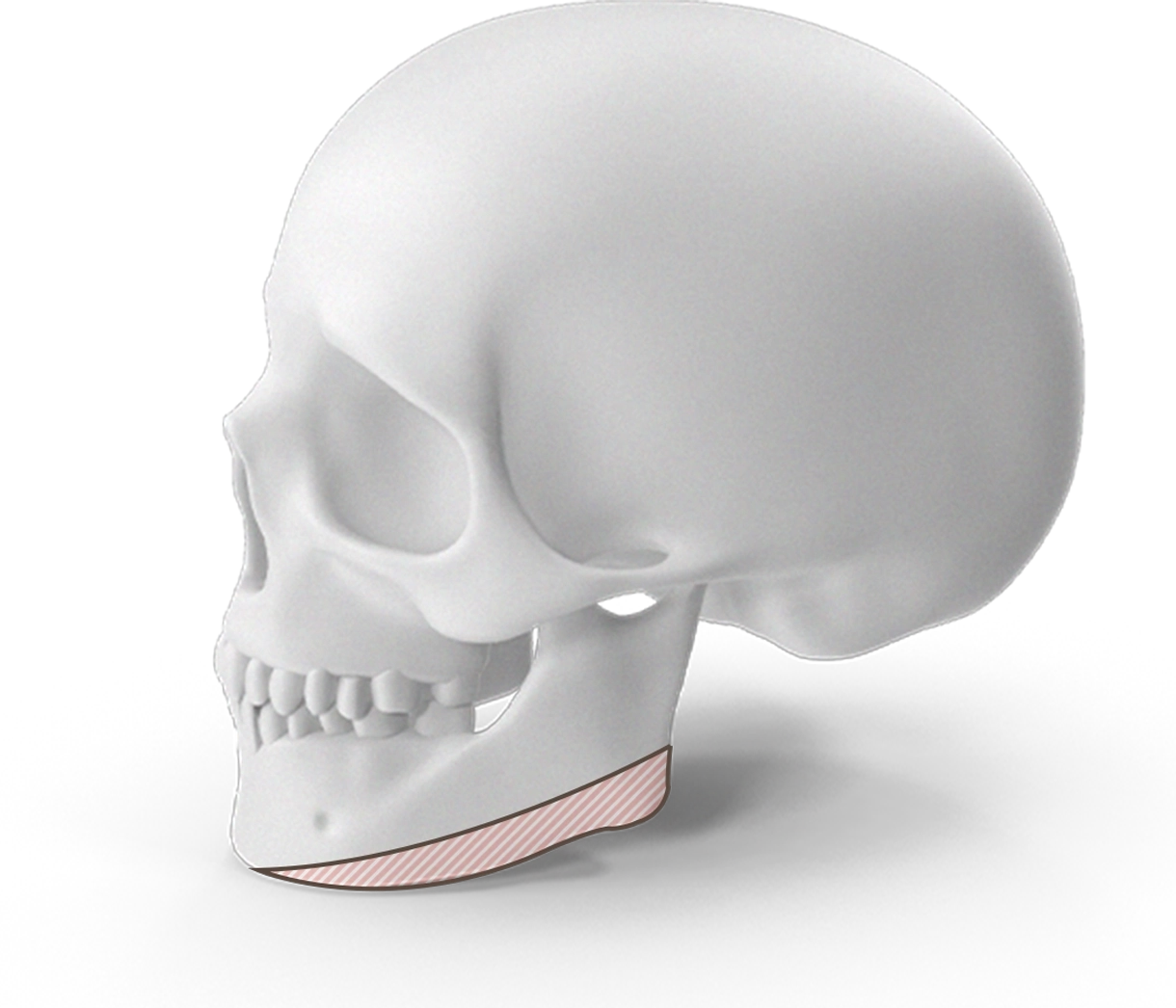
Long Curved Osteotomy for Square Jaw
The jawline is created by performing an osteotomy in one continuous line from below the ear to the chin, without additional bone cuts.
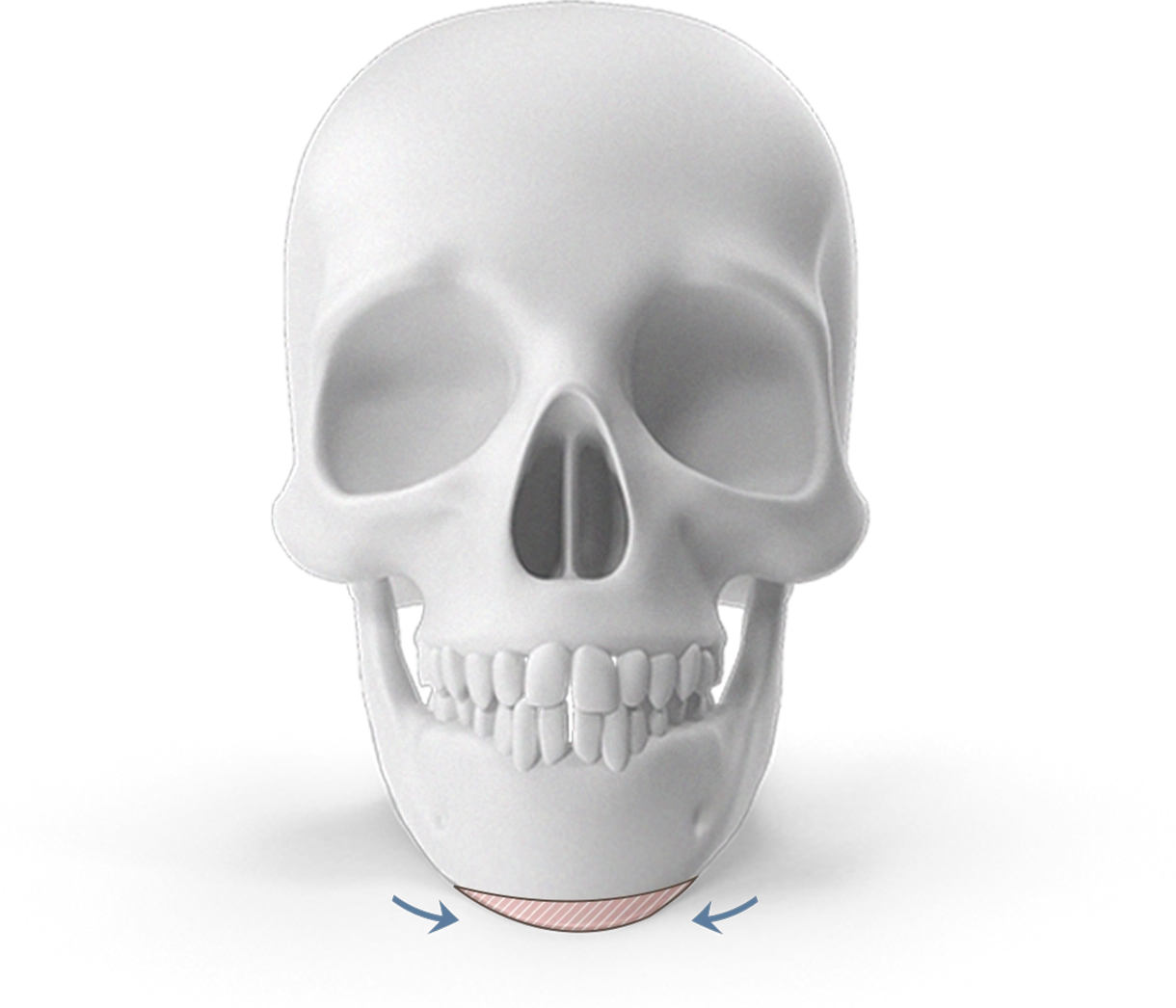
Chin Contouring
The width of the chin is adjusted to achieve a slim appearance from the front.

Soft Tissue Management
Reduction of overall jaw volume is achieved by appropriately removing cortical bone, muscle tissue, and deep cheek fat.
Invisible V-line Surgery Aftercare Program
Comprehensive Aftercare for
Invisible V-Line Surgery
We help patients recover smoothly and reduce scars, swelling, and bruising through advanced equipment.
Helps with wound healing after
surgery and reduces swelling
and bruising.
the skin cells to promote
soothing and regeneration.
skin cells, enhancing regenerative
ability and supporting faster
recovery after surgery.
to help you continue your recovery
process comfortably.
Invisible V-Line Surgery Info
Quick Overview of
Invisible V-Line Surgery
The Invisible V-Line — a natural-looking procedure that sculpts your jaw without any visible signs.

Surgery Time
1 hour 30 minutes

Anesthesia
General anesthesia
Hospital Stay
Same-day discharge
Follow-Up Visits
2 visits (suture removal at 2 weeks)
Recovery
Daily activities possible after 2–3 days
Recommended target
Recommended for
these individuals
Are you concerned about surgery?
Feel free to inquire!
01
Firstly, V-line Enhancement
For those who desire a naturally slim V-line.
02
Secondly, Improvement of Square Jaw and Chin
For those who wish to refine both the square jaw and chin, but are reluctant to use fixation pins.
03
Thirdly, Surgery Without Fixation Pins
For those who prefer a contouring procedure without fixation pins.
04
Fourthly, Facial Line Enhancement
For those looking to improve both the side and frontal facial contours.
Frequently Asked Questions
About Facial Contouring
When can the screws be removed after facial contouring surgery?
There is no fixed rule for removing the screws. However, after a long period post-surgery, bone may cover the screws or plates, making removal more difficult. It is best to remove the screws (plates) after the bone has fully healed, before any bone buildup or secondary changes occur. While removal is possible starting from 6 months post surgery, our clinic typically recommend waiting around 1 year post surgery for screw removal.
Will cheek sagging always occur after cheekbone reduction surgery?
Generally, when undergoing bone surgery, the reduction in bone structure causes the surrounding tissue to shrink accordingly. The time (recovery period) and degree of this shrinkage can vary depending on the individual. If a significant amount of bone is removed due to highly developed cheekbones, or if there is already sagging skin, the outcome may differ. However, it cannot be said that cheek sagging will definitely occur just from cheekbone reduction surgery.
During consultations, it is possible to predict the extent of sagging, and it is advisable to plan the surgery based on the current condition. At our clinic, if sagging is expected, we often combine the surgery with a lifting procedure, referred to as “Cheek Lifting,” (Zygoma) to address this concern.
Can I undergo orthodontic treatment after facial contouring surgery?
Orthodontic treatment can generally begin about 1 month after facial contouring surgery without any issues. During the first month post-surgery, you are in the recovery phase, and actions like opening your mouth or chewing may be uncomfortable and different from before the surgery, so caution is necessary.
Additionally, surgeries such as cortical bone removal or masseter muscle reduction may be performed simultaneously, causing the surgical areas to become tightly healed. As a result, opening the mouth may not feel as natural. If you are considering orthodontics, it’s recommended to first go through the recovery process for about a month. Since recovery times vary among individuals, it’s important to consult with an orthodontist to determine if you can proceed with treatment based on your current condition.
Why is there a loss of sensation after cheekbone surgery?
There is one important nerve to be cautious of during cheekbone surgery—the infraorbital nerve, which is responsible for sensation in the front cheekbones, lips, and gums. Depending on the dissection area, the nerve may be slightly stretched, which can lead to a temporary decrease in sensation in the affected area.
However, as long as the nerve is not cut or severely damaged during the surgery, sensation will gradually return over time, so there is no need to worry.